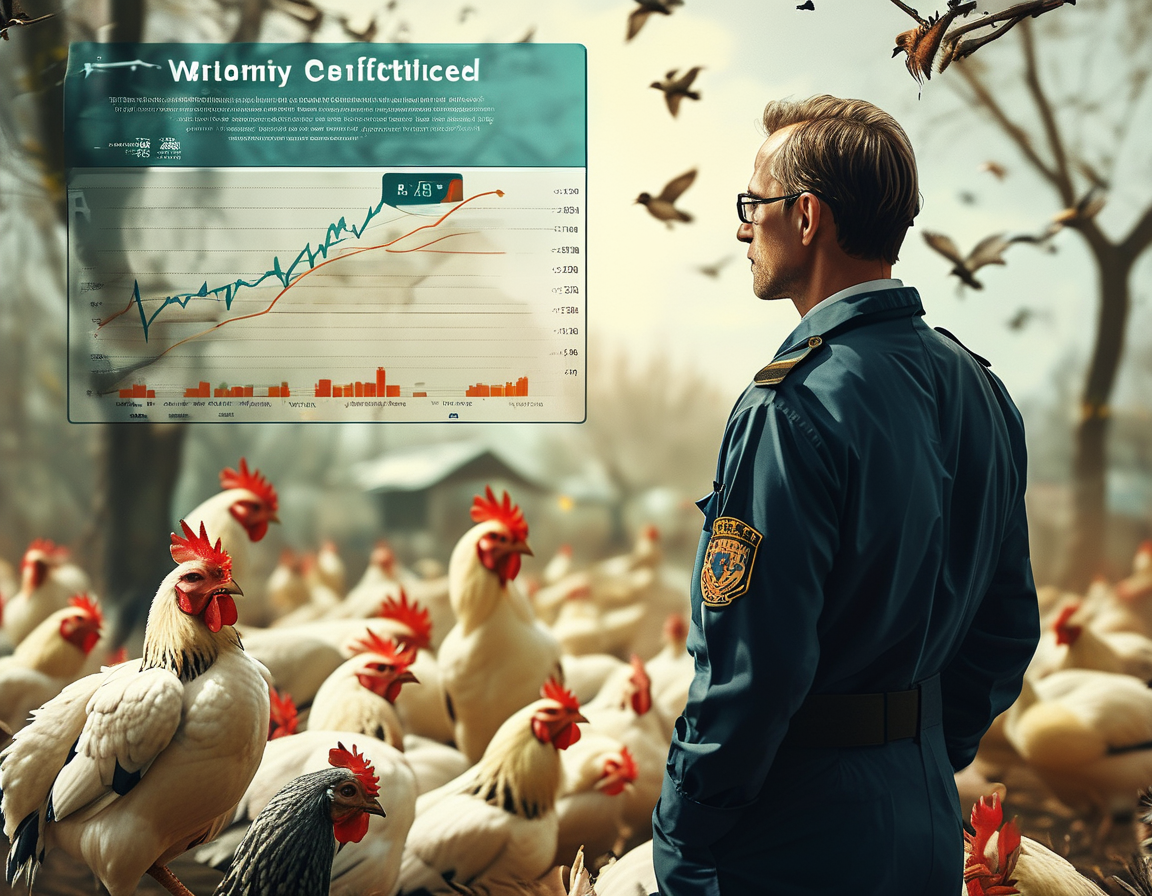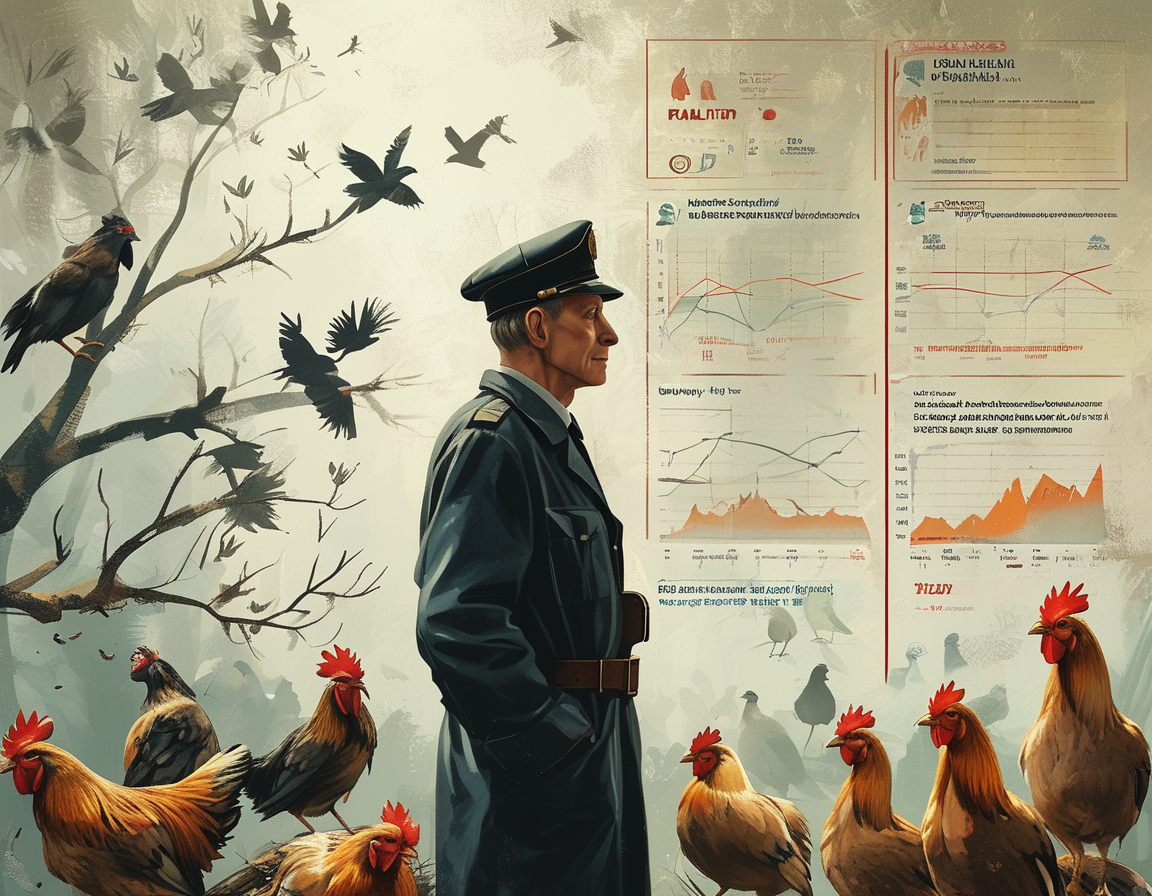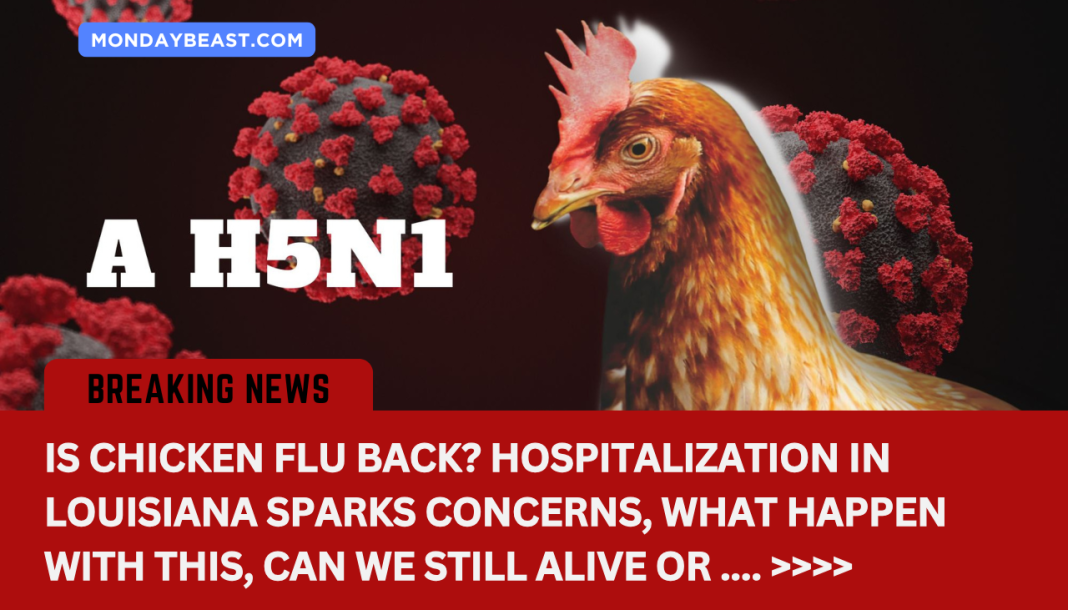The discovery of a possible bird flu case in Louisiana is alarming. Health officials confirmed that a resident from southwestern Louisiana was hospitalized after exposure to sick or dead birds. This case could mark the state’s first encounter with the H5N1 virus. It’s a stark reminder of how closely intertwined human health is with animal health.

Many of us may think we’re immune to widespread outbreaks like bird flu. However, this incident reminds us of vulnerabilities. A patient’s hospitalization raises questions about how much we really know about this virus. In the U.S., the idea of bird flu largely seemed like a distant worry until now.
Public health officials are acting quickly. They are coordinating with the Centers for Disease Control and Prevention (CDC) to assess the situation. The importance of timely information cannot be overstated. It provides reassurance and clarity. Meanwhile, the individual in Louisiana becomes the second patient hospitalized in the U.S. this year for this troubling virus.

Recent statistics shed light on the current situation. The Agriculture Department noted that as of this week, the bird flu has infected numerous dairy herds across 16 states. Alarmingly, 845 dairy herds are in the mix, with California having the most cases. How much longer can we ignore the signs that our environment is changing?
The United States Department of Agriculture (USDA) stepped up measures this past week. They ordered testing of milk to identify birds’ virus infections in dairy herds. The initiative is crucial for safeguarding public health and consumers. Are we doing enough to protect ourselves from potential outbreaks?

Statistics aren’t just numbers; they represent people’s lives. At least 60 human cases of bird flu surfaced in the U.S. this year alone, primarily affecting farmworkers who had contact with infected livestock. That statistic is potentially conservative. Recent reports hinted at asymptomatic infections that we may not even be aware of.
But, there’s a glimmer of hope. Experts noted that there is currently no evidence of person-to-person transmission. Most affected individuals had direct contact with animals, but some cases, like a child in California, do raise eyebrows. Should we feel safe or worried?
Most human cases of bird flu have been mild, with conjunctivitis being the main symptom. This fact should somewhat ease fears but not completely. A troubling case in Canada shows severity can happen. A teen became severely ill and required hospitalization just last month. This uneven nature of the virus should keep us alert.
Even though studies have found no infectious bird flu in the nation’s pasteurized milk, one big question lingers—what about raw milk? Raw milk can be risky, especially if it comes from animals in infected herds. Health officials urge vigilance, reminding us not to touch sick or dead animals. It’s a simple yet effective guideline that many may overlook.
Louisiana’s Department of Health has been proactive with safety guidance. They strongly recommend keeping pets away from sick or dead animals. The risk is real, and it’s vital we take such advice seriously. How often do we ignore warnings about seemingly minor dangers?
As we watch this situation unfold, broader thoughts emerge. The health of animals directly impacts human health, we often forget that connection. Amid discussions of bird flu and its spread, shouldn’t we consider our environment too? Are we doing enough to foster a safer ecosystem? The challenges ahead will require us to address these tough questions and, hopefully, find solutions.




